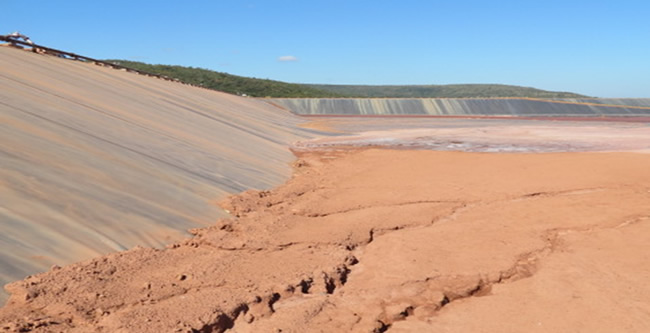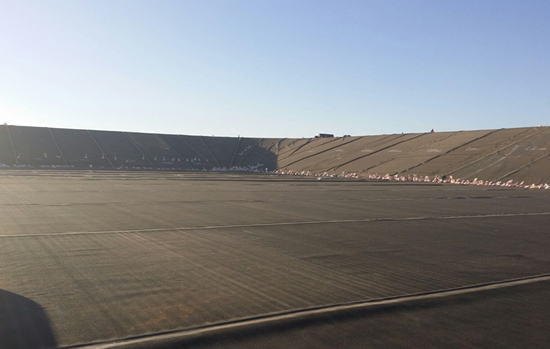During EuroGeo 6 (September 2016, Slovenia), Dr. Ian D. Peggs chaired a special panel discussion on geomembrane wrinkles, bridging, uplift, and ballasting. Following, and with the permission of the event organizers (the Turkish Chapter of the International Geosynthetics Society) and the participating panelists, a transcript of the session was created and published on Geosynthetica.
Panelists include:
- Ian D. Peggs (I-CORP International, USA) – Moderator
- Paul Guinard (SOPREMA, France)
- Adnan Berkay Özdemir (Atarfil, Spain/Turkey)
- Michael Flynn (FLI Group, Ireland)
- Catrin Tarnowski (Solmax, Germany)
- Richard Thiel (Thiel Engineering, USA)
Here, we revisit Dr. Pegg’s opening in which he poses some of the essential questions that guided discussion then and continues to today. What answers would you provide?
Geosynthetica will share more of these questions and observations going forward, as we bring these topics back to light. We thank Ian Peggs and Wendy Cortez for orchestrating this transcript release and for arranging all affiliated permissions.
ESSENTIAL QUESTIONS – GEOMEMBRANE WRINKLES, BRIDGING & BALLASTING
In this opening portion, Dr. Peggs introduces the main points he would like to provoke discussion on as well as sets the stage for the short presentations that followed from the other panelists.
PEGGS: I want to address the things that happen during installation of a lining system that may cause concern: how do we fix it or how to prevent these kinds of problems in the first place.
- How do we prevent:
- Wrinkles on the floor
- Wrinkles falling down the slopes and collecting at the bottom
- Some ballasting between the wall and the slope below it
RELATED: Best Practices for Minimizing Geomembranes Wrinkles
2. If it does happen, how do we resolve it and what do we do with it?
3. Wind uplift with no ballasting on an empty lining system causes uplifting of the lining. Wind uplift blows big wrinkles to one side of the pond depending on the predominant wind direction. We end up with big wrinkles along the toe of the slope with stress cracks going transversely across those wrinkles, not along the top as they usually do. How do we deal with it?

4. There is a little bit of bridging at the toe of the slope [seen in the photo above]. How do we deal with that? Do we just put ballast and push it into the toe of the slope so that it is supported? Is it a concern?
5. In the specifications, people ask for no bridging, but no bridging under what conditions?
6. Does it matter what the temperature is in terms of bridging?
7. Can we tolerate bridging in very low temperatures?
What reactions do you have to these questions? Let us know in the comments below, submit a reaction/question for publication consideration, or add your thoughts in social media, such as on the LinkedIn post.












